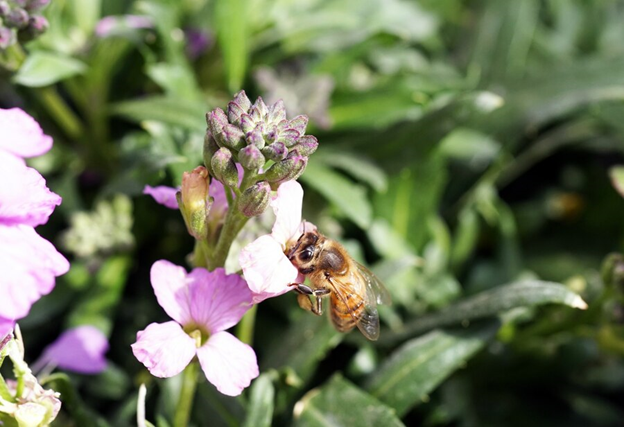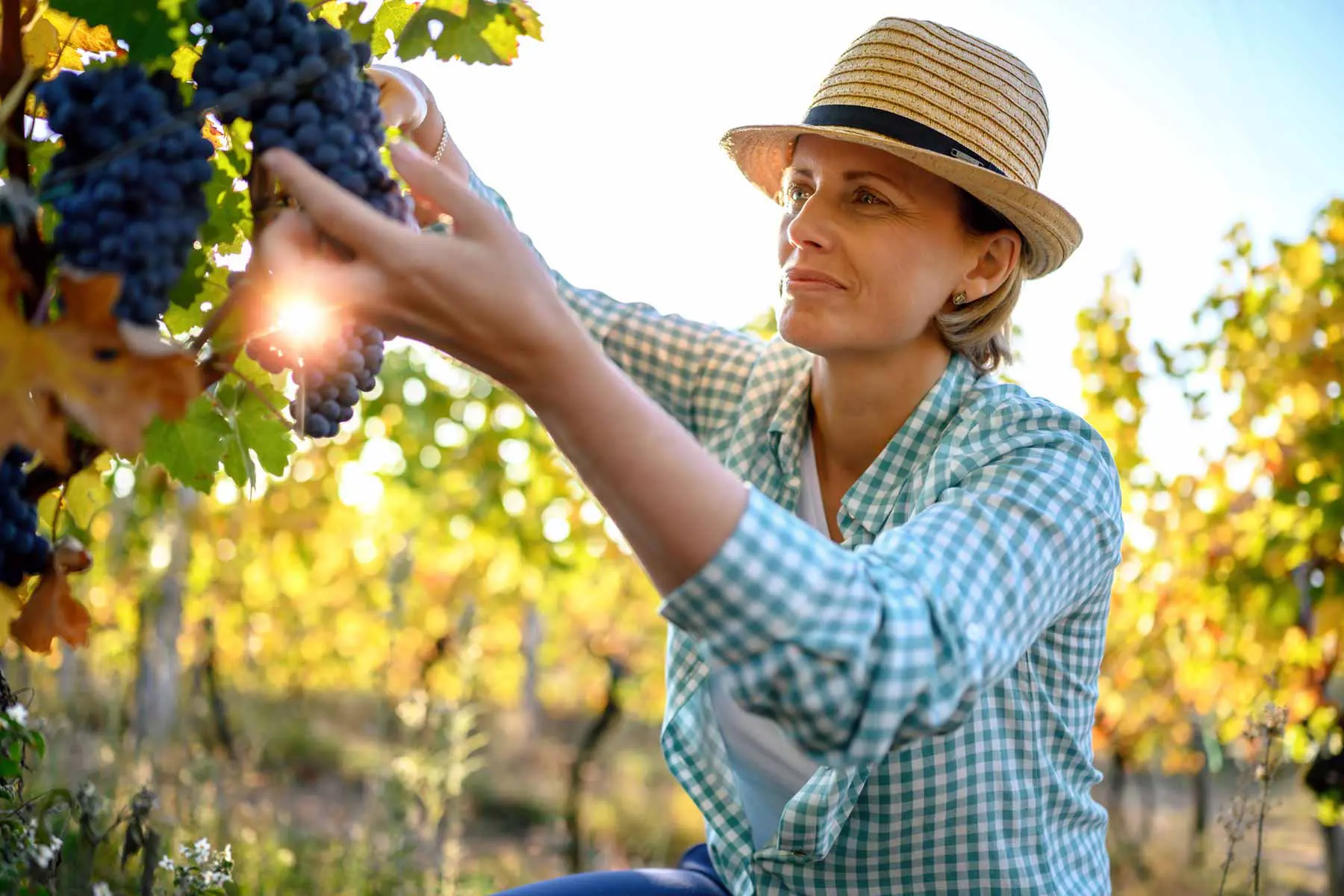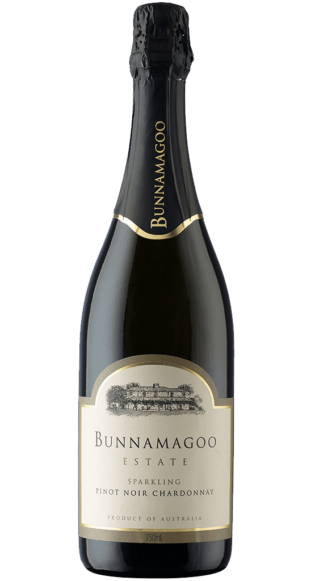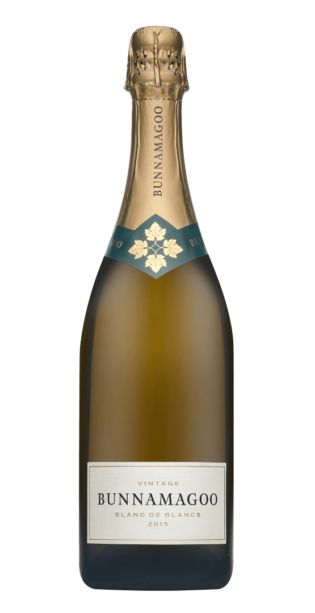How Bees, Butterflies, and Birds Keep Our Food System Thriving
H o w B e e s , B u t t e r f l i e s , a n d B i r d s K e e p O u r F o o d S y s t e m T h r i v i n g

Imagine a world without the vibrant hum of bees, the delicate flutter of butterflies, or the melodic chirping of birds. Not only would our gardens and landscapes lack their lively charm, but our plates would also become alarmingly bare. These seemingly insignificant creatures, collectively known as pollinators, play an indispensable role in our food system, silently ensuring the abundance and diversity of the fruits, vegetables, nuts, and seeds that nourish us.
Silent Partners in a Grand Symphony:
Pollination is the magical dance where pollen, the male reproductive unit of flowering plants, is transferred to the female part, enabling fertilization and fruit development. While wind can sometimes play this role, animals like bees, butterflies, hummingbirds, and bats are the star performers, flitting from bloom to bloom, collecting pollen on their fuzzy bodies and depositing it on new flowers, creating a web of life-giving connections.
The Busy Bee Brigade:
Honeybees, the poster children of the pollinator world, are nature’s workhorses. Their highly organized social structure, efficient pollen collection techniques, and wide range of floral preferences make them invaluable contributors. From the sweet nectar of apples and almonds to the vibrant blooms of pumpkins and sunflowers, honeybees touch a vast array of our food crops.
Beyond the Buzz: The Unsung Heroes:
But the pollination party doesn’t stop there. Butterflies, with their delicate wings and colourful patterns, are vital for many specialized plants. Their long proboscis allows them to reach deep into tubular flowers, ensuring the pollination of passionfruit, orchids, and even some cacti. Hummingbirds, with their mesmerizing aerial acrobatics, are perfectly adapted to sipping nectar from brightly coloured flowers like bell peppers and eggplants while ensuring their pollination. And let’s not forget the often-overlooked bats, nocturnal pollinators extraordinaire, whose echolocation skills guide them to flowers with strong, musky scents, like bananas and cashews.
A Symphony Under Threat:
Unfortunately, this harmonious dance is facing unprecedented challenges. Habitat loss, pesticide use, climate change, and invasive species are putting immense pressure on pollinator populations worldwide. Declining bee numbers, for example, have raised concerns about the stability of our food system, highlighting the precariously interconnected web of life.
The Call to Action:
The good news is, we can all be part of the solution. Planting pollinator-friendly gardens with native flowers, avoiding harmful pesticides, and supporting sustainable agriculture practices are small but impactful steps. Advocating for pollinator conservation initiatives and raising awareness about their importance can create a ripple effect of positive change.
Beyond the Garden: A Ripple Effect of Change:
Protecting pollinators goes beyond safeguarding our food supply. These tiny creatures are biodiversity ambassadors, indicators of ecosystem health, and vital components of the natural world’s intricate tapestry. Their presence enriches our landscapes, inspires wonder, and reminds us of our interconnectedness with the planet.
By understanding and appreciating the vital role of pollinators, we can become active participants in ensuring their survival and, in turn, securing a thriving and diverse food system for generations to come. Let’s join the chorus of voices celebrating these silent partners and work together to keep the symphony of life buzzing.

Katerina Monroe
@katerinam • More Posts by Katerina
Congratulations on the award, it's well deserved! You guys definitely know what you're doing. Looking forward to my next visit to the winery!










